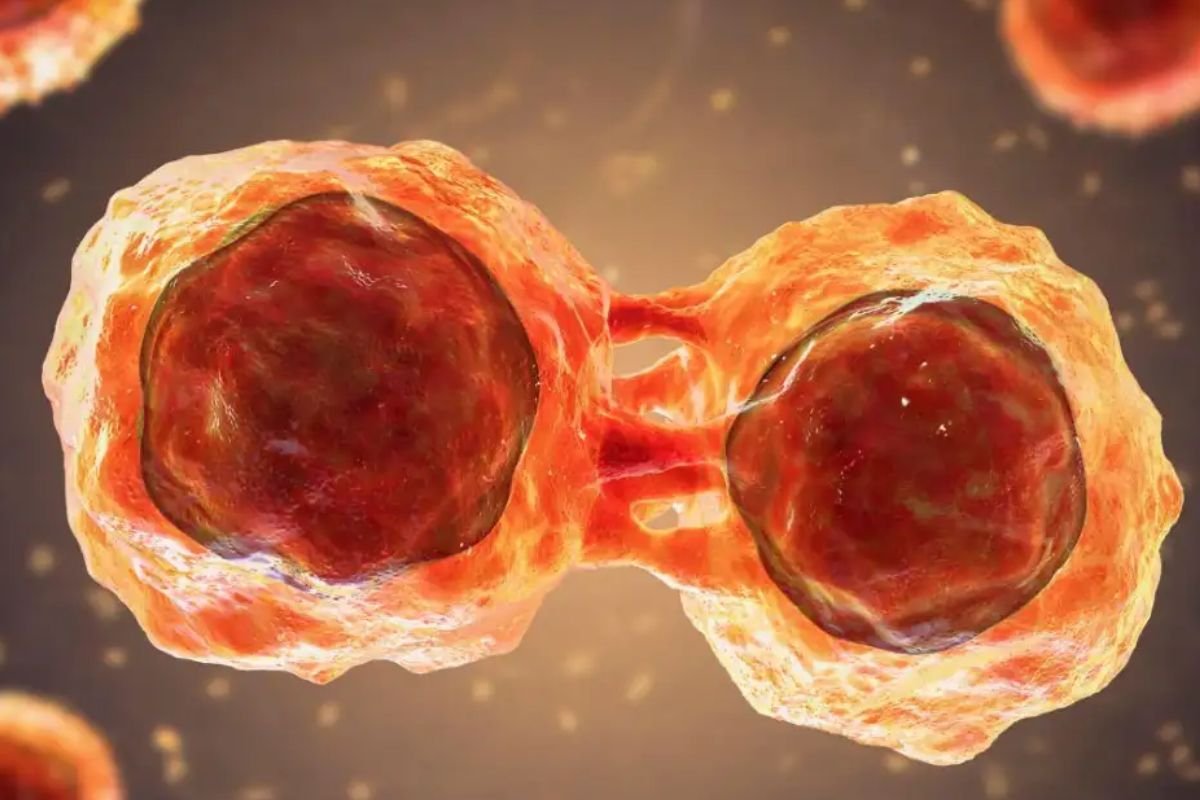Development of Lab-Grown Human Lip Cell Models
Scientists have successfully developed lab-grown human lip cell models, marking a major step forward in medical research focused on lip tissue health and repair. Human lips, with their unique cellular structure, play multiple critical roles from facilitating speech and eating to expressing emotions. However, these distinctive features also make lip issues challenging to address. In a recent study published in Frontiers in Cell and Developmental Biology, researchers revealed the “immortalization” of donated human lip cells, enabling these cells to reproduce in the lab. Unlike ordinary skin cells, lip cells possess specific characteristics, which made creating effective lab models difficult until now. This pioneering work could pave the way for improved treatments, potentially aiding thousands of patients with lip-related health issues.
Scientific Techniques Behind Lip Cell Immortalization
The development of durable lip cell models was achieved by researchers from the University of Bern, in collaboration with the Bern University Hospital’s Pediatric Surgery Clinic. Dr. Martin Degen, one of the lead scientists, emphasized that previous research efforts were hindered by the absence of human lip cell models. Using primary cells, which are cells donated directly from patients, the scientists aimed to retain the unique traits of lip cells. However, primary cells are limited in their replication ability and can be expensive to source. To overcome this limitation, scientists turned to “immortalized” lip cells, which can be reproduced indefinitely in a lab environment.
The team sourced lip cells from two patients—one treated for a lip injury and another with a cleft lip. By modifying the gene that controls the cell’s lifespan and adjusting the length of telomeres (structures that influence cell longevity), they enabled continuous cell reproduction. Rigorous testing confirmed that these cells retained the genetic stability and characteristics of primary lip cells. The lab-tested cells displayed no chromosomal abnormalities and resisted growth on a medium that supports only cancer cells, demonstrating their suitability as safe, accurate models for further experimentation.
Potential Medical Applications and Future Research
The new lip cell models could serve as proxies for studying lip wound healing and infections. The team simulated wound healing by scratching cell samples, observing that untreated cells closed the wound within eight hours, while cells exposed to growth factors closed faster. This behavior matched that of skin cells from other areas of the body, indicating the lip cells’ reliability as a model for testing healing agents.
Researchers also created 3D models of the lip cells to test responses to infections. When exposed to Candida albicans, a yeast that poses a risk to individuals with compromised immunity or cleft lips, the cells reacted similarly to real lip tissue, allowing scientists to study infection progression in a controlled setting. Dr. Degen and his team believe that these 3D lip models have the potential to enhance medical research in diverse fields, including infectious diseases and tissue repair. They are also exploring ways to adapt the cells for more targeted studies, given that lip keratinocytes can vary in structure depending on the tissue type.
With these advancements, scientists are optimistic that the lab-grown human lip cell models will open new doors in clinical research, helping to improve treatments for patients with lip-related health challenges and beyond.







